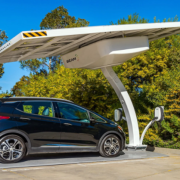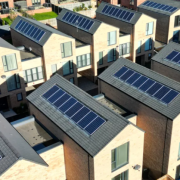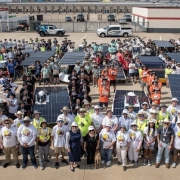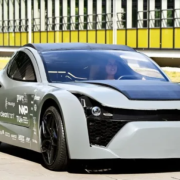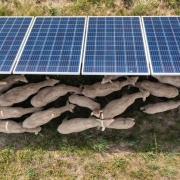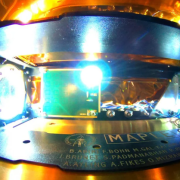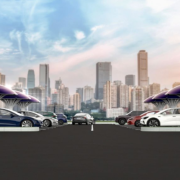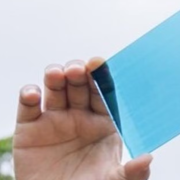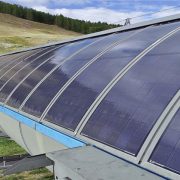Beam Global, a trailblazer in sustainable technologies and products for electric vehicle (EV) charging, has announced a significant development. The City of Los Angeles Department of Recreation and Parks has placed its third and largest order for Beam’s solar-powered EV ARC™ charging systems. These off-grid systems will be utilized to power the City’s expanding fleet of electric vehicles. The purchase was made through the California Department of General Services (DGS) Contract #1-22-61-16, a mechanism designed to streamline government procurement and offer select solutions at the best-negotiated prices across the state.
The EV ARC™ charging systems, each fitting within a standard parking space, come equipped with two Enel X Way JuiceBox® Pro EV charging stations. These systems generate and store their clean electricity, which is used to power the City’s EVs at any time, regardless of weather conditions or power outages. With a flood-proof rating of up to 9.5 feet and wind resistance of up to 160 mph, these systems enhance the City’s energy resilience and disaster preparedness. Moreover, the transportable nature of these charging systems allows for relocation as charging patterns evolve.
Click here to read the full article
Source: The EV Report
—
If you have any questions or thoughts about the topic, feel free to contact us here or leave a comment below.

